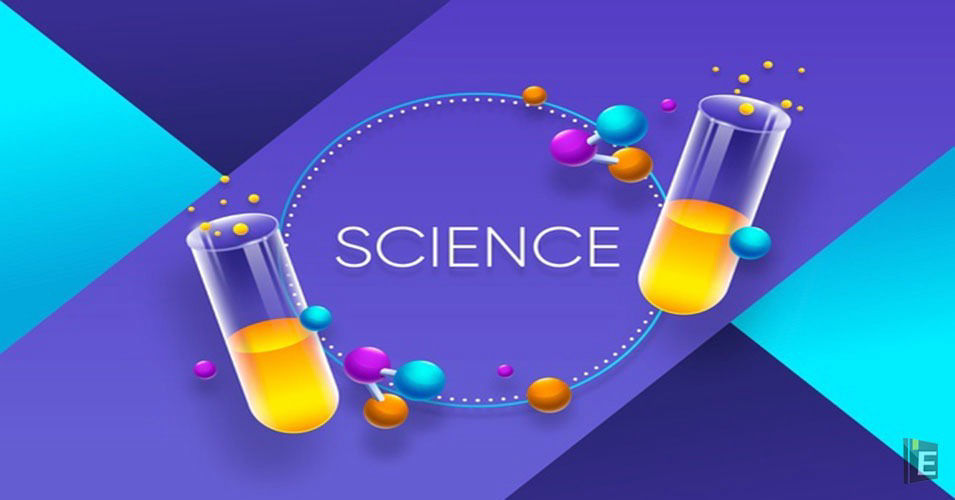Top 500 General Science GK Questions

Science GK
Q : The refractive index of diamond is-
(A) 1.77
(B) 1.47
(C) 1.44
(D) 2.42
Correct Answer : D
Explanation :
The refractive index of diamond is approximately 2.42. Diamond has a very high refractive index, which means it bends light at a significant angle when it enters the diamond, contributing to its sparkling brilliance.
What is the upper surface of the skin called?
(A) protodermis
(B) dermis
(C) epidermis
(D) None of these
Correct Answer : C
Explanation :
the uppermost layer of the skin is called the epidermis. It is the outermost layer of the skin and provides a protective barrier against environmental factors, pathogens, and moisture loss. The epidermis also contains cells responsible for producing melanin, the pigment that gives skin its color, and it constantly renews itself through a process called cell turnover.
Which tissue helps in wound healing?
(A) nervous tissue
(B) epithelial tissue
(C) muscle tissue
(D) connective tissue
Correct Answer : B
Explanation :
Epithelial tissue plays a crucial role in wound healing. When the skin is wounded, epithelial cells at the edges of the wound multiply and migrate to cover the wound, forming a protective layer. This process is essential for the initial sealing of the wound and is one of the early stages in the overall wound healing process. Epithelial tissue helps in closing the wound and restoring the skin's integrity.
What are the plants that never produce flowers called?
(A) angiosperms
(B) gymnosperms
(C) cryptogams
(D) None of these.
Correct Answer : C
Explanation :
The plants that never produce flowers are called "cryptogams." Cryptogams include plants such as ferns, mosses, liverworts, and algae. Unlike flowering plants (angiosperms), which reproduce through seeds enclosed within flowers, cryptogams reproduce through spores and do not produce true flowers. Cryptogams are considered more primitive in evolutionary terms compared to angiosperms, which are the most dominant group of plants on Earth today.
Which of the following is an epidemic and endemic disease?
(A) polio
(B) measles
(C) Typhoid
(D) Cholera
Correct Answer : D
Explanation :
Cholera, caused by the bacterium Vibrio cholerae, can be both epidemic and endemic. Epidemic cholera refers to sudden outbreaks affecting large populations, often due to contaminated water. Endemic cholera signifies the continuous, stable presence of the disease in specific regions, indicating a persistent, albeit lower, level of infection over time.
What is the action of accommodation in eye lens?
(A) by iris
(B) through eye lens
(C) by ciliary muscles
(D) by cornea
Correct Answer : C
Explanation :
Accommodation in the eye lens is the process of adjusting its shape to focus on objects at different distances. This adjustment is controlled by the ciliary muscles. When focusing on nearby objects, these muscles contract, thickening the lens. For distant objects, the muscles relax, flattening the lens, ensuring clear vision at varying distances.
Respiration takes place?
(A) green cleaver
(B) ribosome
(C) in lysosomes
(D) microconidia
Correct Answer : D
The yellow color of human urine is due to what?
(A) Blood
(B) cholesterol
(C) Bile
(D) Urochrome
Correct Answer : D
Explanation :
The yellow color of human urine is primarily due to a pigment called urochrome. Urochrome is a waste product resulting from the breakdown of hemoglobin, a protein in red blood cells. The varying shades of yellow in urine can be influenced by factors such as hydration levels, diet, and certain medications, but urochrome is the main pigment responsible for the typical yellow color of urine.
Being a highly reactive element, it is not found in free state in nature.
(A) iron
(B) sodium
(C) aluminum
(D) magnesium
Correct Answer : B
Explanation :
Sodium is a highly reactive element and is not found in its free state in nature due to its high reactivity. It readily reacts with other elements and compounds, forming various salts and minerals. Sodium is commonly found in the Earth's crust and in seawater as compounds, such as sodium chloride (table salt).
Which of the following gas causes explosion in coal mines?
(A) Carbon dioxide
(B) Nitrogen
(C) Butane
(D) Methane
Correct Answer : D
Explanation :
Methane is the gas that can cause explosions in coal mines. Methane is a highly flammable gas, and when it accumulates in high concentrations in confined spaces like coal mines, it poses a significant risk. Methane explosions can occur if the gas comes into contact with an ignition source, such as a spark or flame, leading to a dangerous explosion. That's why proper ventilation and safety measures are crucial in coal mines to prevent methane buildup and potential explosions.



